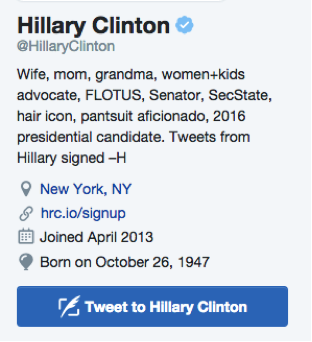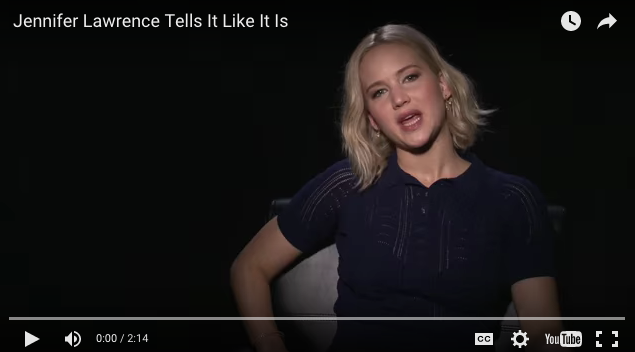The “About me” section in your professional Twitter profile is like a little digital business card. It’s one of the first things that comes up when potential customers search for you, so when writing your bio, think about your ideal client and how you can explain how you can help them.
Here are 3 key things to keep in mind with your Twitter bio. We’ve paired our tips with tech companies that nailed theirs.
- Have laser focus
What are you a master of and how can you help? An overly descriptive explanation of many things your company does doesn’t sound reliable. State the key skills or services you’re are really good at and say why you’re qualified to gain their business.
Likewise, if you’re an individual, listing off a bunch of professional fields you’re into will make you sound like a jack of all trades and master of nothing. i.e. “Writer, yoga instructor, DJ, singer, tech genius, ad tech expert.”
This bio from travel data analytics company, Sojern sums up what they do succinctly:
- Write to attract leads, not followers
Followers you can buy, engagement you can’t. Don’t hard sell on your bio, make it conversational. If you can’t think of one, imagine how you would introduce your company to a stranger at a conference. Hammer in your key messages and keywords. Then, leave enough space for a call to action with your contact.
Check out this bio from Eyeota:
- Lay off the superlatives
Likewise, don’t over compensate. Are you really “The world’s leading…” with just 300 followers? Twitter has only been around for a decade, but it’s already riddled with cliches. It’s better to be understated than exaggerate. If you’re an individual doing a professional bio, for cliche sakes don’t be a “guru”, “junkie”, or “ninja” of anything.
Here is a perfectly understated bio by one of the world’s most successful startups:
The square bracket takes the smoothness out of the bio, just pretend it’s not there.
Beyond Twitter, have consistency across social media channels, but change your tone. LinkedIn is business, Twitter is engaging with strangers, and Facebook is about friends – but everyone is a potential client. Don’t have the same tone for each platform; pick a key consistent message you really want to push and repeat its in each bio.
Most of all, have fun with your Twitter bio! Here is our personal favourite Twitter bio:
Stand out from the crowd and let us help you create an amazing bio. Contact us at [email protected].












